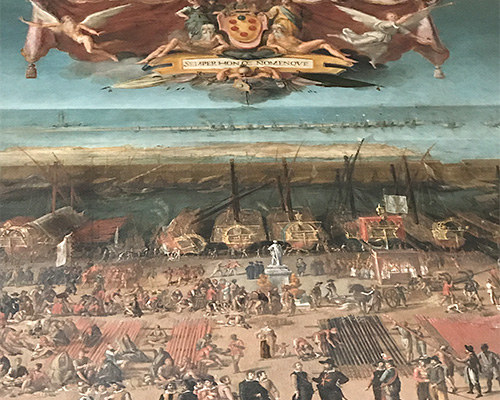Ambivalent Neighbours: Living Together - or not - in Early Modern Tuscany

Thursday 4 May 2023, 5.15PM
Speaker(s): Professor Nicholas Terpstra
How do you live next to people you’d really rather avoid? In the last quarter of the sixteenth century, the Tuscan state undertook apparently contradictory experiments in managing the social and spatial relations between distinct religious communities. On one hand, it forced the Jews living openly in over a dozen smaller towns to move into two enclosed ghettos in Florence (1571) and Siena (1573). On the other, it developed a new port town at Livorno and invited Jews, Muslims, Greeks, Persians and others to settle there with the promise that they would enjoy freedom from any restriction on their residence, mobility, or public worship (1591, 1593).
The ghettos of Florence and Siena would remain in place till the end of the eighteenth century, while Livorno would gather Jewish, Muslim, Armenian, Druze, Orthodox Christian, Protestant, and Catholic populations, and gain a reputation as a place of toleration. Yet were these Tuscan cities really that different? I’ll explore how both governments and these ‘national’ groups raised and transgressed various sensory and spatial boundaries to negotiate controlled segregation and exchange in social and religious life.
Location: The Treehouse
